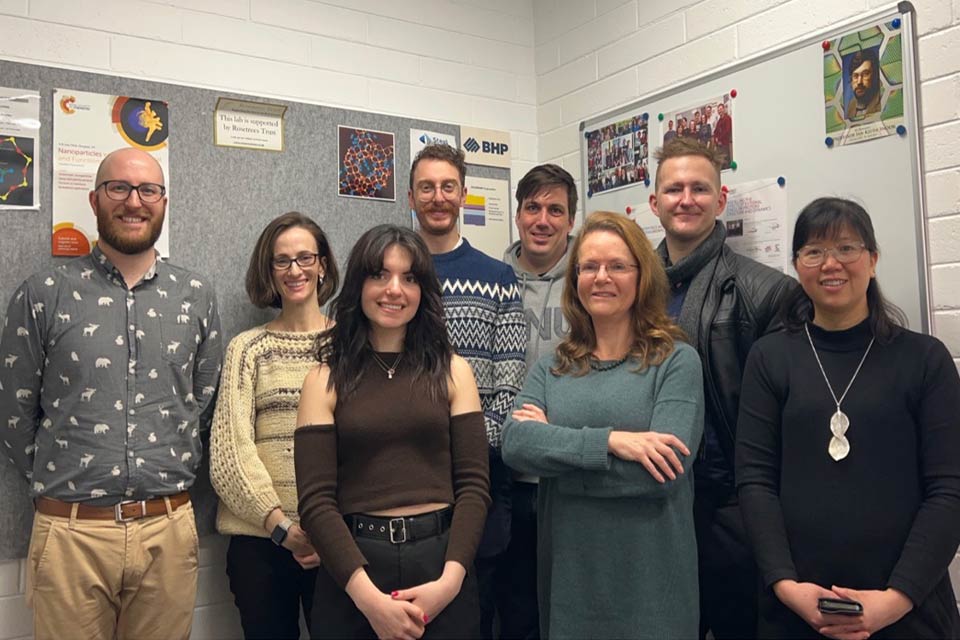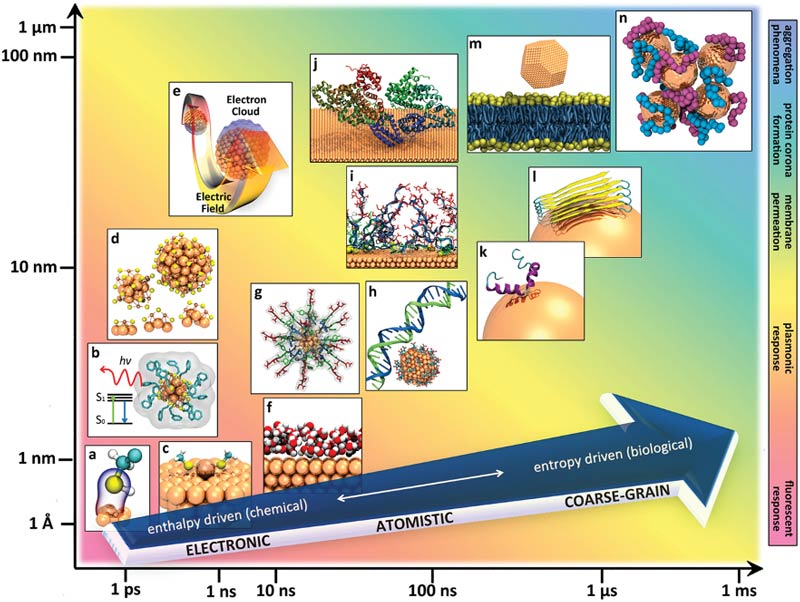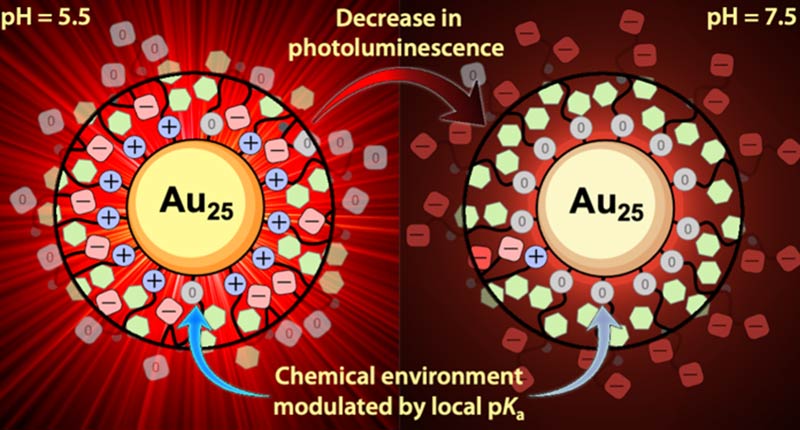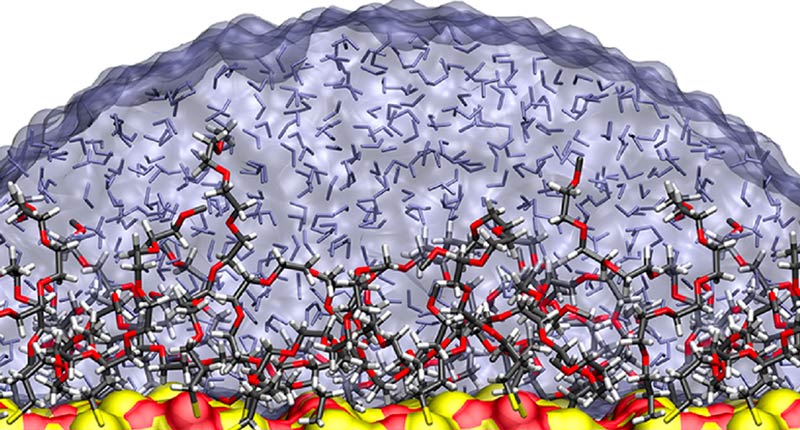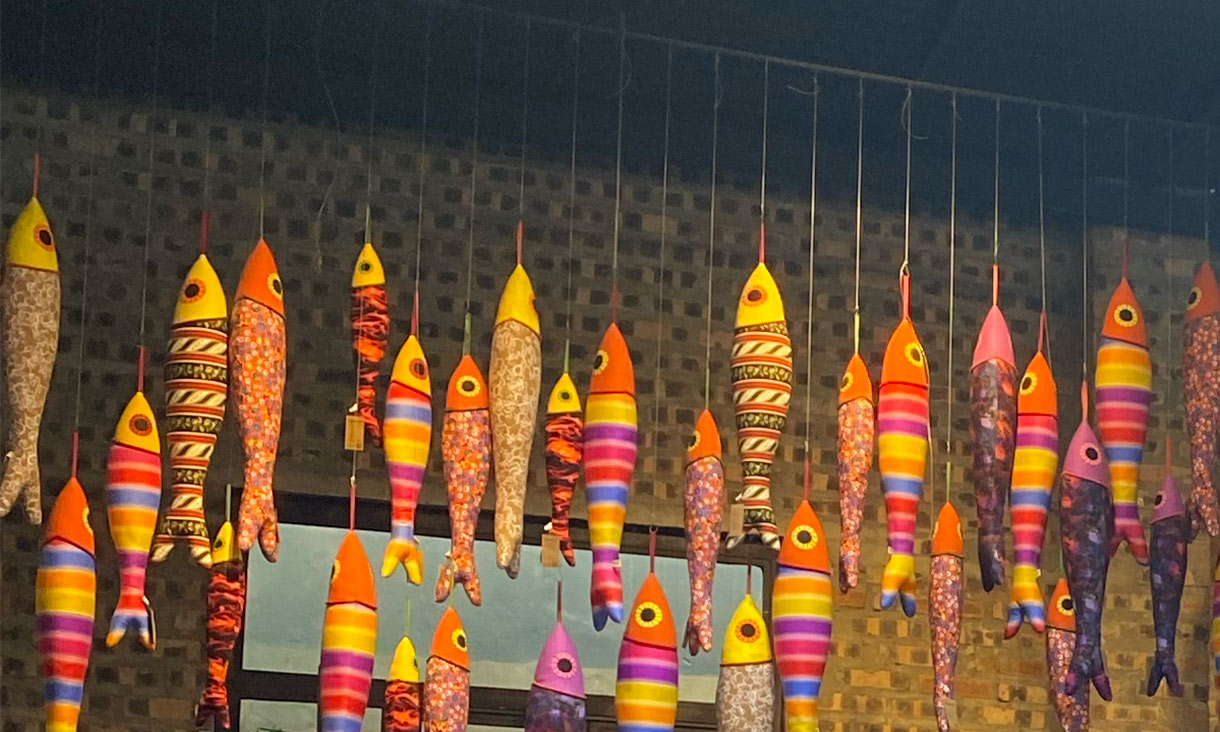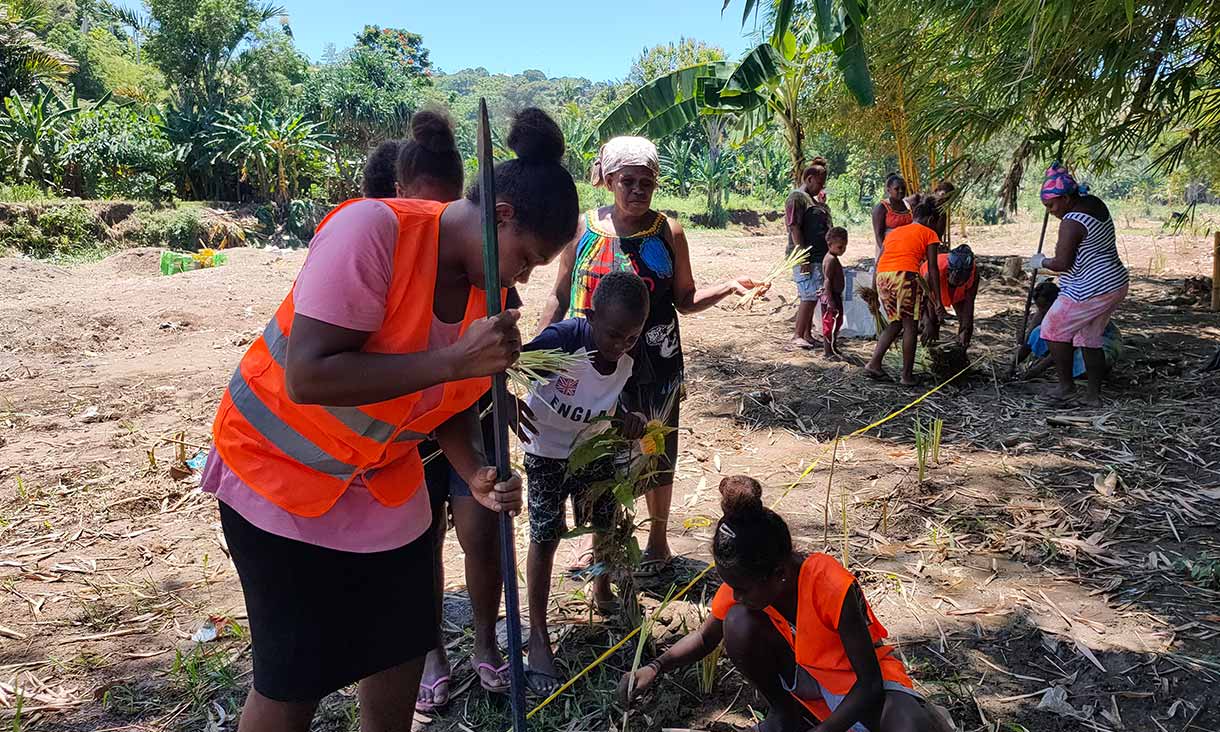Developing inclusive health programs and digital literacy in Southeast Asia
Research at RMIT Vietnam is helping to improve access to health services and boost digital literacy for people living with a disability in Vietnam and Indonesia.
Enhancing Community Resilience in Honiara, Solomon Islands
Creating real-world impact on climate resilience by building local capacity and enhancing agency.
Breakthrough research set to improve diagnosis and treatment of ovarian cancer
An extensive program of research at RMIT is tackling ovarian cancer through pre-clinical and clinical trial research leveraging immunology, genetics, bioinformatics, novel therapeutics and diagnostics.
Understanding and tackling Spotty Liver Disease in poultry
RMIT researchers identified the bacterial species that causes Spotty Liver Disease in chickens and developed diagnostic tools for the serious issue that is affecting global egg production industries.

